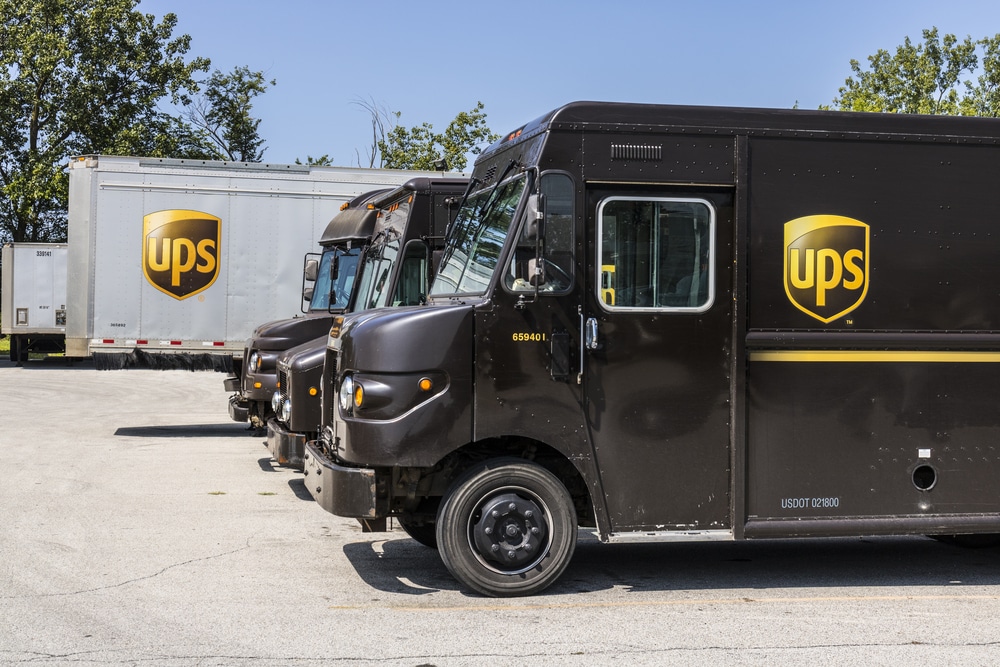(OPINION) As talks between UPS and the union that represents more than 300,000 delivery drivers break down, a strike this summer is looking more likely. That could impact 25 to 30 percent of parcels and packages shipped in the U.S.
The Teamsters represent 340,000 UPS workers. If a strike does happen, it would be the first since a 15-day walkout by 185,000 workers crippled the company a quarter century ago.
Since then, UPS has become an even bigger part of the U.S. economy. UPS says it delivered 24.3 million packages daily in 2022, totaling 6.2 billion packages by year’s end. That’s about a quarter of all U.S. parcel volume, according to the global shipping and logistics firm Pitney Bowes.
UPS says it has contingency plans if staff do go on strike after the July 31 contract deadline, but disruptions would still be substantial, Jonathan Gold, vice president of supply chain and customs policy at the National Retail Federation, previously told The Hill.
“You’d have supply chain disruption like we witnessed during the pandemic potentially, where you won’t be getting your deliveries,” Gold said. “So, those who are relying on next day, two-day delivery of whatever you buy online or somewhere else, potentially cannot be delivered.”
The COVID-19 pandemic disrupted just about every sector of the economy, causing a ripple effect of supply chain issues. A big part of the problem were shipping and import issues. Massive container ships sat offshore of major ports for long periods of time, delaying deliveries of all sorts of goods to stores shelves or homes.
But other parts of the COVID-era supply chain issues had nothing to do with shipping problems, like the avian flu outbreak that caused an egg shortage, or virus outbreaks at meat processing plants that caused them to slow down operations or shut down entirely.








